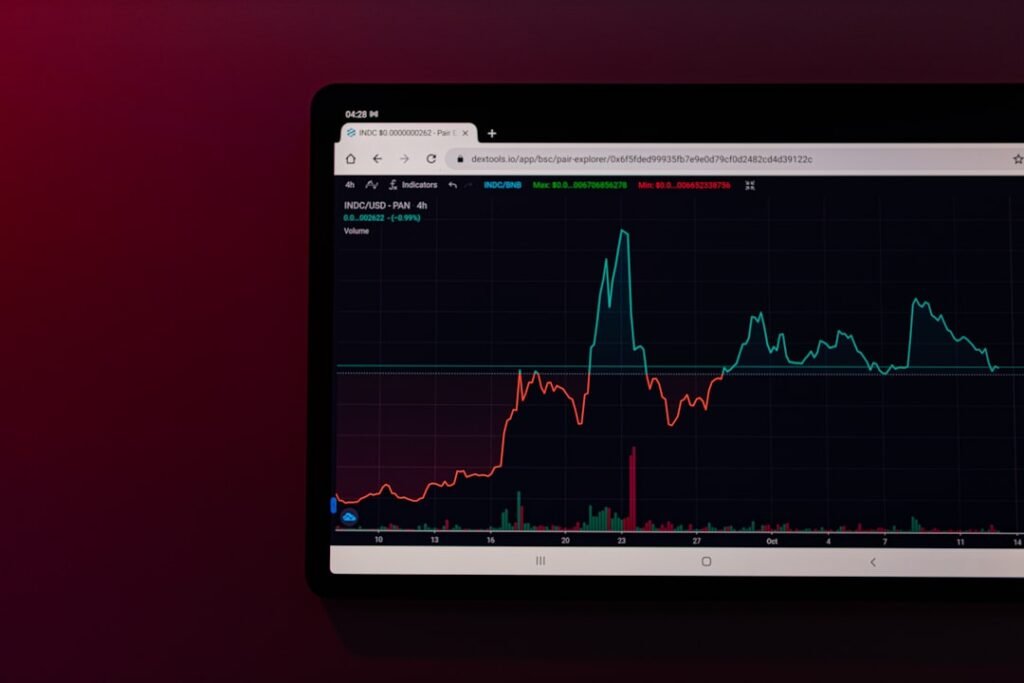In 2025, stablecoins have emerged as a prominent cash flow source within the cryptocurrency industry, drawing significant attention to the associated PayFi sector. Multiple stakeholders—including native crypto projects, established payment giants, stablecoin issuers, cryptocurrency exchanges, and stablecoin-focused blockchains—are actively positioning themselves to capitalize on the development of PayFi. Against this backdrop, Odaily Planet Daily conducted interviews with frontline PayFi practitioners during the Token2049 event in Singapore in early October. These discussions revealed that the future trajectory of PayFi remains rich with possibilities. The following insights, adapted for clarity and brevity, are derived from these interviews. **Industry Paradox: Are U-Cards Essential for Mass Adoption?** When discussing PayFi, U-cards often come to mind. The previous closure of Infini’s U-card business, which was well-received but not commercially viable, sparked considerable market debate. At Token2049, industry professionals offered divergent perspectives on the prospects of U-card business models. Roger, a marketing representative from DeCard, reported growth in card issuance and user numbers, attributing this to Singapore’s payment licensing framework. DeCard leverages compliance advantages to integrate with established networks like Visa and Mastercard, avoiding the need to build payment channels and user networks from scratch, and thus maintaining U-cards as a core business component. In contrast, Pearce Chen of BenPay advocates for a more crypto-native approach. BenPay is pioneering ‘QR code + POS terminal or app scanning’ solutions that enable direct stablecoin payments, bypassing traditional card networks. This method channels transactions through local clearing networks for conversion to fiat, effectively displacing intermediaries like Visa and Mastercard. BenPay is concurrently developing DeFi protocol tools and operating the Benfen payment blockchain to simplify DeFi access for mainstream users. Similarly, Ellipal emphasizes hardware-based payment entry points via POS terminals. According to Product Director 0xfate, Ellipal’s terminals facilitate near-instant USDT/USDC payments for offline purchases. This hardware-centric strategy circumvents traditional card network barriers, gradually embedding PayFi into daily consumption habits, particularly in markets accustomed to card-based transactions. 0xfate emphasized PayFi’s profitability and expansive potential, noting that value in the sector extends beyond transaction fees to include value-added services like integrated DeFi yields, social finance features, and programmable currency applications. **Challenges and Opportunities: Regulatory Arbitrage, User Education, and Infrastructure** Discussions with Odaily highlighted three primary challenges facing the PayFi industry. Pearce Chen identified regulatory compliance as the foremost hurdle. While KYC/KYB can be enforced for payments, the regulatory status of earning interest on stablecoin assets remains ambiguous globally, creating a form of regulatory arbitrage. Secondly, low retail adoption persists. Stablecoin awareness is limited largely to crypto enthusiasts and cross-border trade participants, with 95% of the Chinese population unfamiliar with stablecoins. Overcoming this requires user-friendly products and potentially viral adoption catalysts. Thirdly, reliance on legacy financial infrastructure—such as SWIFT, traditional banking, and USD reserves—poses significant operational risks. Banks retain ultimate control, capable of unilaterally freezing accounts and stifling innovation. Many PayFi innovations aim primarily to demonstrate legitimate business intent rather than facilitate money laundering. Chen stressed that sustainable PayFi models depend on robust infrastructure and underlying protocols. Profitability stems not from payments alone but from asset沉淀 and integrated financial ecosystems, akin to Alipay’s success with Yu’ebao. BenPay’s blockchain-based approach simplifies user experience by automatically converting various stablecoins into BUSD for spending and earning. 0xfate concurred, citing asset security, global regulatory harmonization, and user awareness as critical barriers. He suggested that a ‘killer app’ with seamless user experience could drive mass adoption. **Strategic Evolution: Balancing B2B and B2C Focus** Currently, B2B services constitute the primary revenue stream for most PayFi projects, given the substantial transaction volumes from institutional clients compared to fragmented retail demand. Industry professionals outline a three-phase development path: – **Initial Phase:** Prioritize B2B operations to generate cash flow and establish market presence. – **Intermediate Phase:** Balance B2B and B2C efforts, using business revenue to fund retail expansion and user acquisition. – **Mature Phase:** Shift focus predominantly to B2C, aspiring to achieve scale comparable to payment giants like WeChat Pay, Alipay, or PayPal. **The Future of PayFi Lies in Transactional Utility** Despite the proliferation of stablecoins, practical usage for transfers, payments, and transactions remains limited for most users. Meanwhile, billions globally remain unbanked or face hyperinflation and currency devaluation. The true potential of PayFi extends beyond cryptocurrency exchanges. It must integrate into the global economic fabric, addressing everyday needs from groceries to housing. Through repeated, seamless transactional experiences, PayFi can earn the loyalty of billions, becoming an indispensable part of daily life worldwide. Ultimately, PayFi represents not merely the ambition of a few projects, but a fundamental component of future economic infrastructure for millions. **Disclaimer:** This content represents the author’s personal views and does not constitute investment advice or solicitation. Readers should comply with applicable laws and regulations in their jurisdictions.












